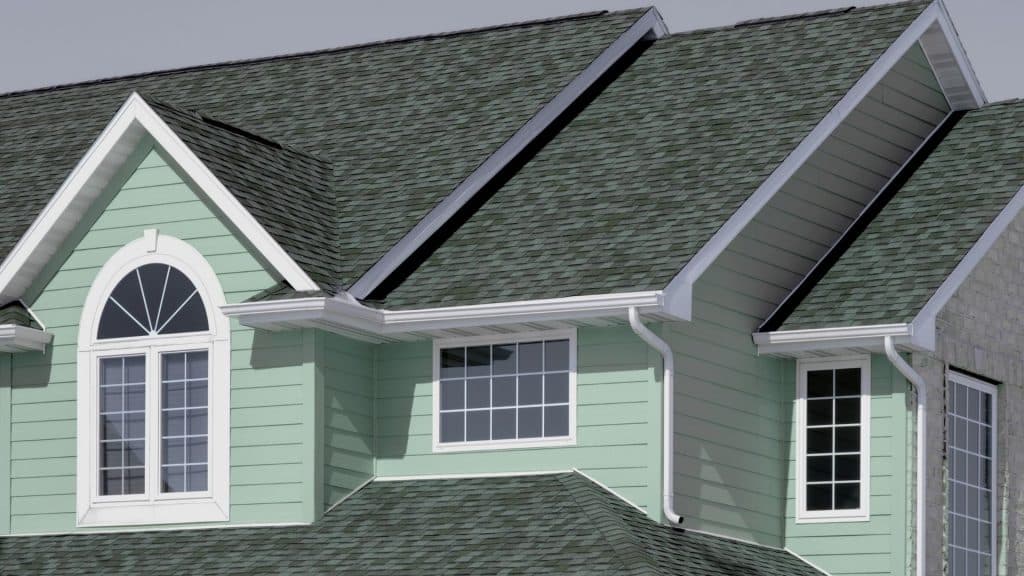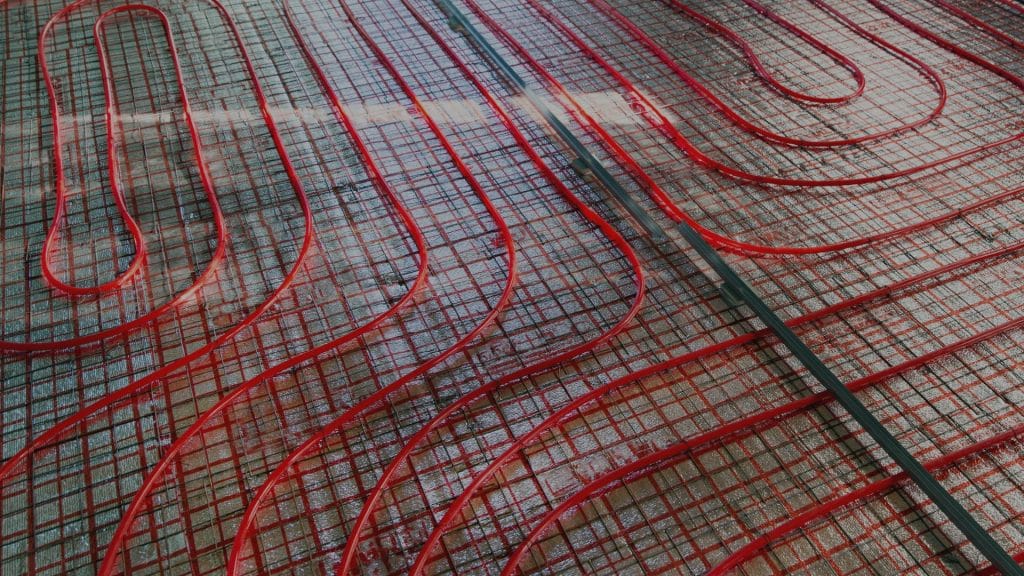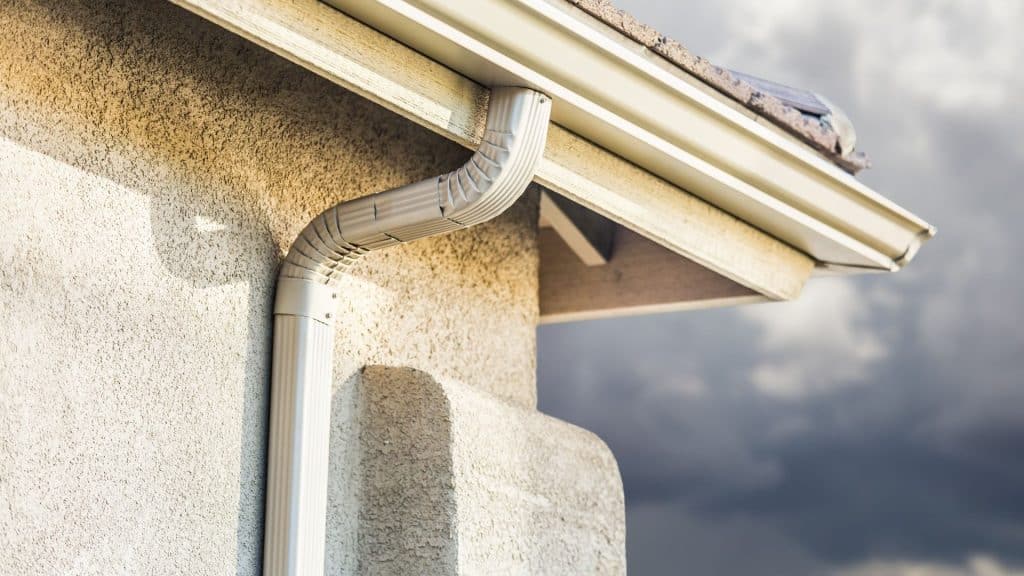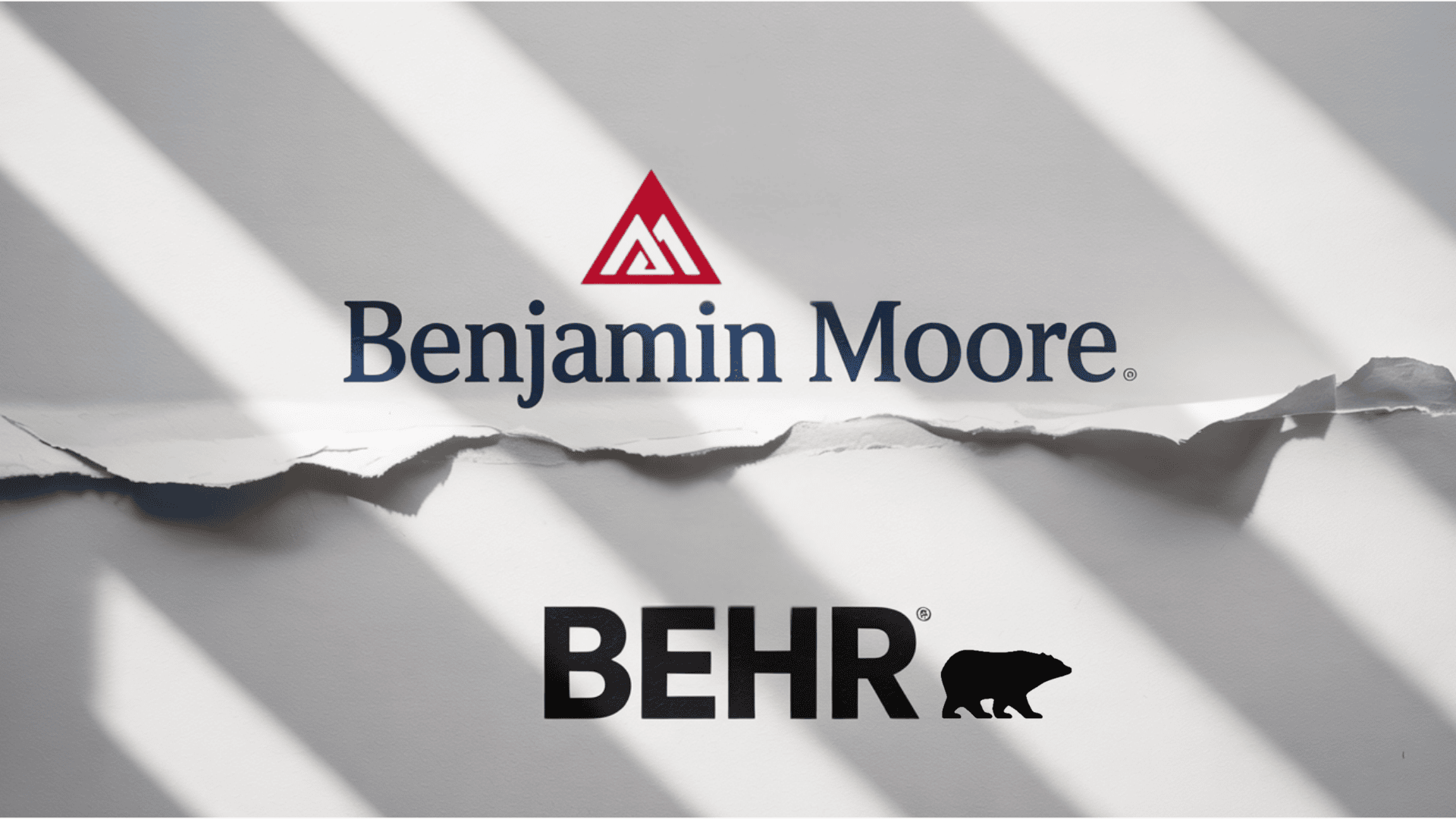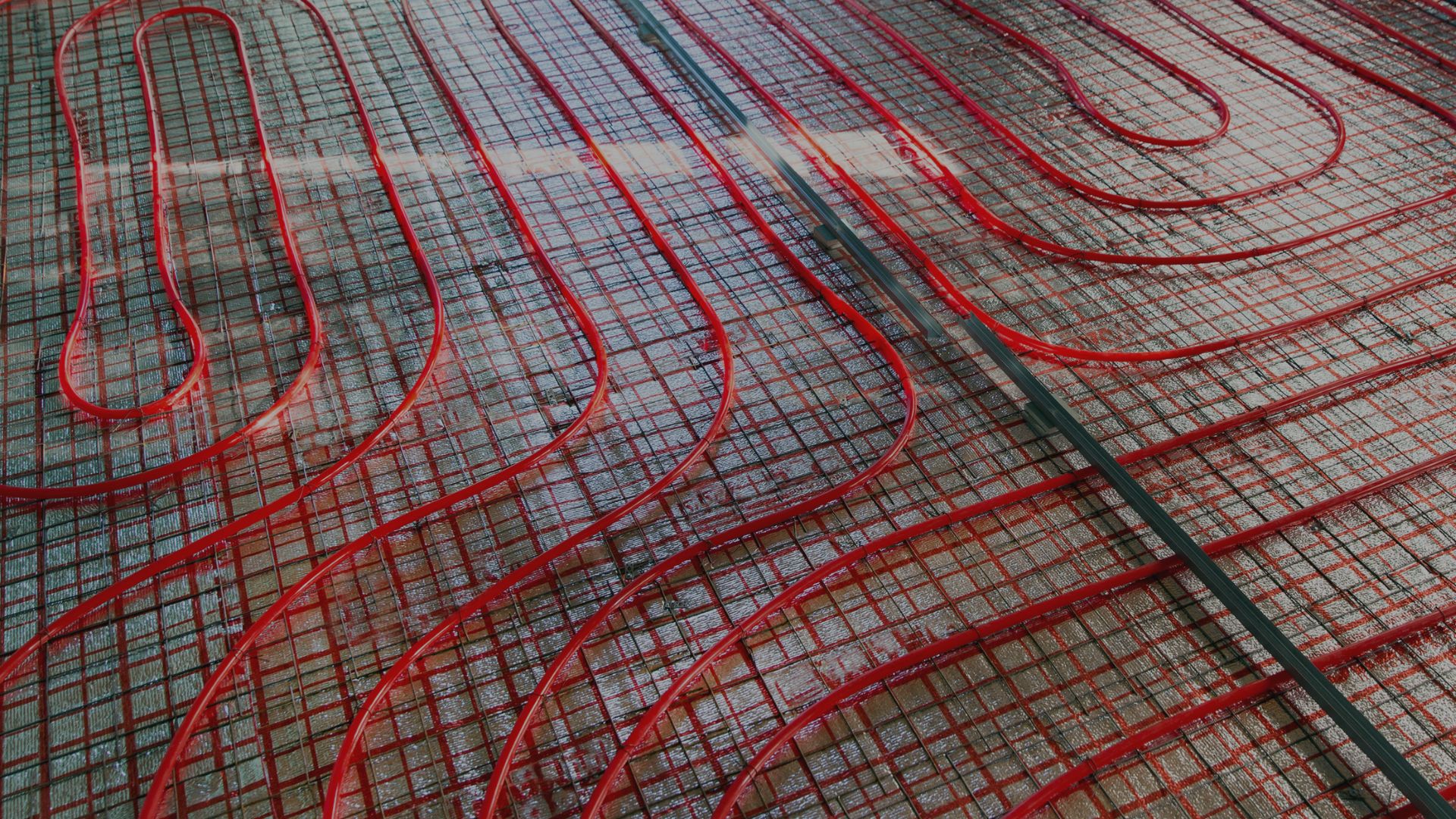Are you wondering if your roof has years left or if it’s time to start planning for a replacement?
Most people face this question at some point. Your roof protects your home from the weather, keeps your family safe, and adds value to your property.
But roofs don’t last forever. Knowing how long a shingle roof should lasthelps you plan ahead and avoid costly surprises.
The lifespan depends on several factors, such as material type, climate, and maintenance.
In this blog, I’ll show you what affects roof longevity, how to spot warning signs, and when it’s time to repair or replace.
How Long Does an Asphalt Roof Last?
Most standard roofs fall in the 20 to 25 year range. This assumes proper installation and reasonable upkeep. Your roof’s actual lifespan may vary depending on the various factors.
Asphalt shingles are the most common roofing material in North America. They’re affordable, easy to install, and come in many styles and colors. Most asphalt roofs last between 15 and 30 years.
The exact lifespan depends on the type of shingles you have. Quality of installation, local weather, and regular maintenance also play major roles. A roof in a mild climate will last longer than one exposed to harsh conditions.
Here are typical lifespans for asphalt shingle roofs:
- Three-tab shingles: 15 to 20 years
- Architectural shingles: 25 to 30 years
- Premium or designer shingles: 30 to 50 years
Factors That Impact Roof Longevity
Even the best shingles won’t last long without the right conditions. Several factors affect how long your roof will last.
Climate and Weather Conditions
Extreme heat, heavy rain, snow, and hail all shorten roof life. Homes in areas with harsh winters or intense sun may need replacement sooner than average.
Quality of Installation
Poor installation leads to leaks, wind damage, and early failure. Hiring a skilled, licensed contractor is one of the best investments you can make for long-term roof performance.
Roof Ventilation
Proper attic ventilation prevents heat and moisture buildup. Without good airflow, shingles can crack, warp, or develop mold. This reduces their lifespan significantly.
Roof Pitch and Design
Steeper roofs shed water more quickly, helping prevent damage. Flat or low-slope roofs tend to wear out sooner because water sits on the surface longer.
Maintenance and Inspections
Regular cleaning, gutter maintenance, and inspections catch problems early. A well-maintained roof can last several years longer than one that’s ignored.
Architectural vs. Three-Tab Shingles – Which Lasts Longer?
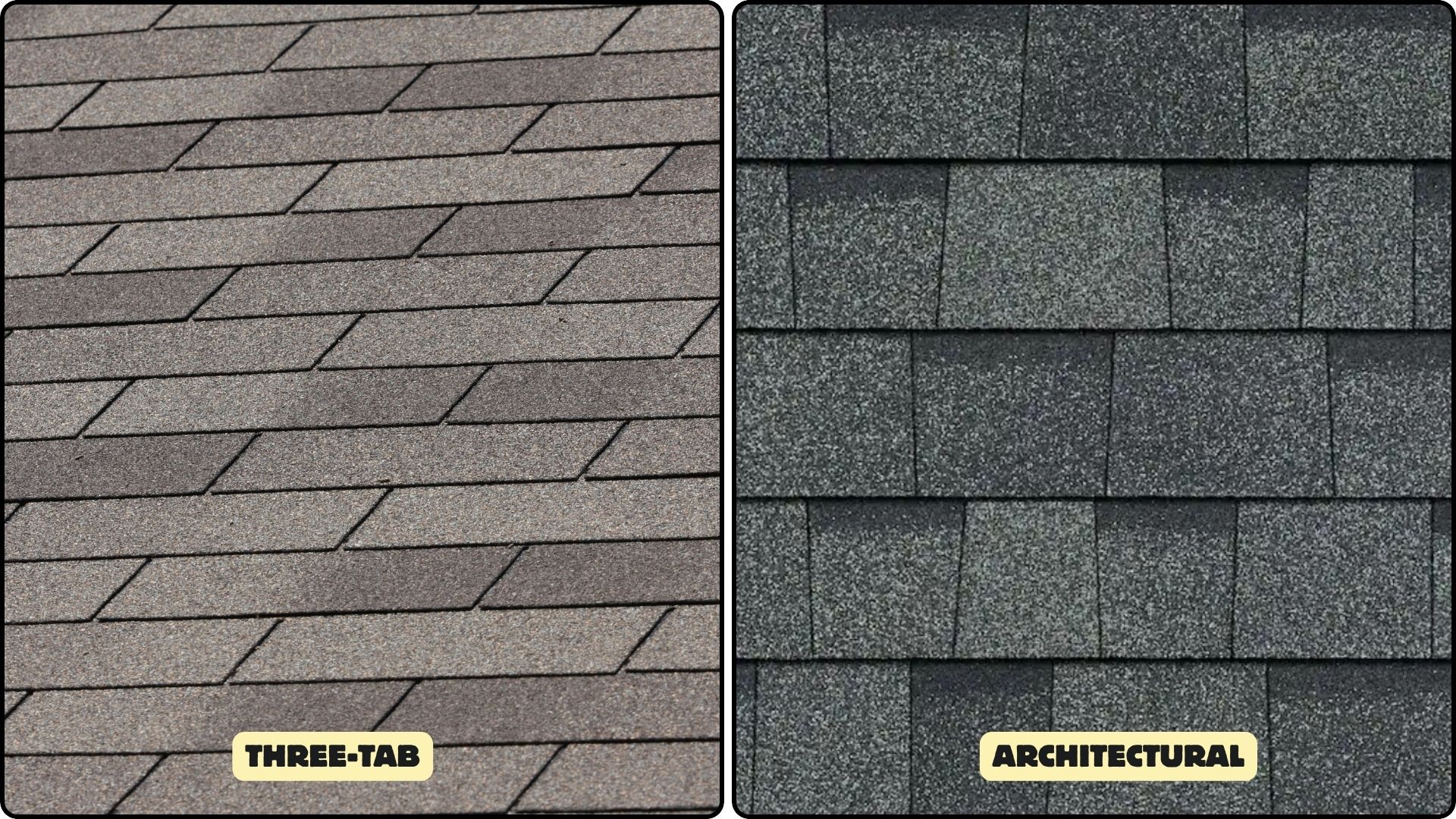
There are two main types of asphalt shingles, three-tab and architectural. Each stands out for its own mix of strength and appearance, as shown in the table below.
| Feature | Three-Tab Shingles | Architectural Shingles |
|---|---|---|
| Thickness | Single layer, flat | Multi-layered, textured |
| Wind Resistance | Up to 60 mph | Up to 120 mph |
| Cost | Lower upfront cost | Higher initial investment |
| Appearance | Flat, uniform look | Dimensional, attractive |
| Warranty | 20 to 25 years | 30 to 50 years |
Architectural shingles last longer because they’re thicker and made with better materials. They also handle wind and weather better than three-tab options.
Signs Your Roof Is Nearing the End

Knowing when your roof is failing helps you avoid leaks and water damage. Watch for these common warning signs that indicate it’s time to take action.
Curling or Cracked Shingles: When shingles curl at the edges or crack down the middle, they’ve lost their protective ability. This often happens as shingles age and dry out.
Missing Shingles: Gaps in your roof leave the underlayment exposed. Wind or storms can pull off old, brittle shingles. Missing shingles should be replaced right away.
Granule Loss: Check your gutters for small, sand-like particles. These granules protect shingles from UV rays. Excessive loss means the shingles are wearing thin.
Sagging Roof Deck: A sagging roofline suggests water damage or structural issues. This is a serious problem that requires immediate professional inspection.
Moss or Algae Growth: Dark streaks or green patches indicate moisture retention. While not always urgent, moss can lift shingles and trap water underneath.
Maintenance Tips to Extend Roof Life
Taking care of your roof doesn’t require much time or money. These simple steps can add years to its lifespan and protect your home.
- Clean gutters at least twice a year to prevent water backup and ice dams.
- Trim overhanging tree branches to reduce debris and prevent damage from falling limbs.
- Remove moss and algae with a gentle cleaner or hire a professional service.
- Inspect your roof after major storms for loose or damaged shingles.
- Ensure attic ventilation is working properly to prevent heat and moisture buildup.
- Replace damaged or missing shingles as soon as you notice them.
- Schedule a professional inspection every two to three years.
When to Repair vs. Replace Your Shingle Roof
It’s not always easy to decide whether to fix or replace your roof. This comparison table can help you make the right choice.
| Repair | Replace |
|---|---|
| The roof is less than 15 years old | The roof is over 20 years old |
| Only a few shingles are damaged | Widespread damage across the roof |
| Leaks are isolated and minor | Multiple leaks or water damage inside |
| Damage is from a recent storm | Shingles are curling, cracked, or worn |
| The roof still has good structural support | The roof deck is sagging or soft |
| The cost of repair is under 30% of replacement | Repairs would cost more than half of a new roof |
When in doubt, get a professional opinion. A qualified roofer can inspect your roof and recommend the most cost-effective solution.
Wrapping It Up
To summarize, your shingle roof should last based on material quality and how well you maintain it.
Three-tab shingles are cheaper but have a shorter lifespan. Architectural shingles cost more upfront but offer better durability and longer performance.
Climate, installation quality, ventilation, and regular care all affect how long your roof will protect your home.
Watch for warning signs like curling shingles, granule loss, missing pieces, and leaks. Catching problems early saves money and prevents serious water damage.
Simple maintenance, such as cleaning gutters and trimming trees, can significantly extend your roof’s life. When repair costs approach replacement prices, installing a new roof makes more sense.
What’s the current condition of your roof? Share your experience or questions below!

